The Unique Characteristics Of Asteroid Terpsichore
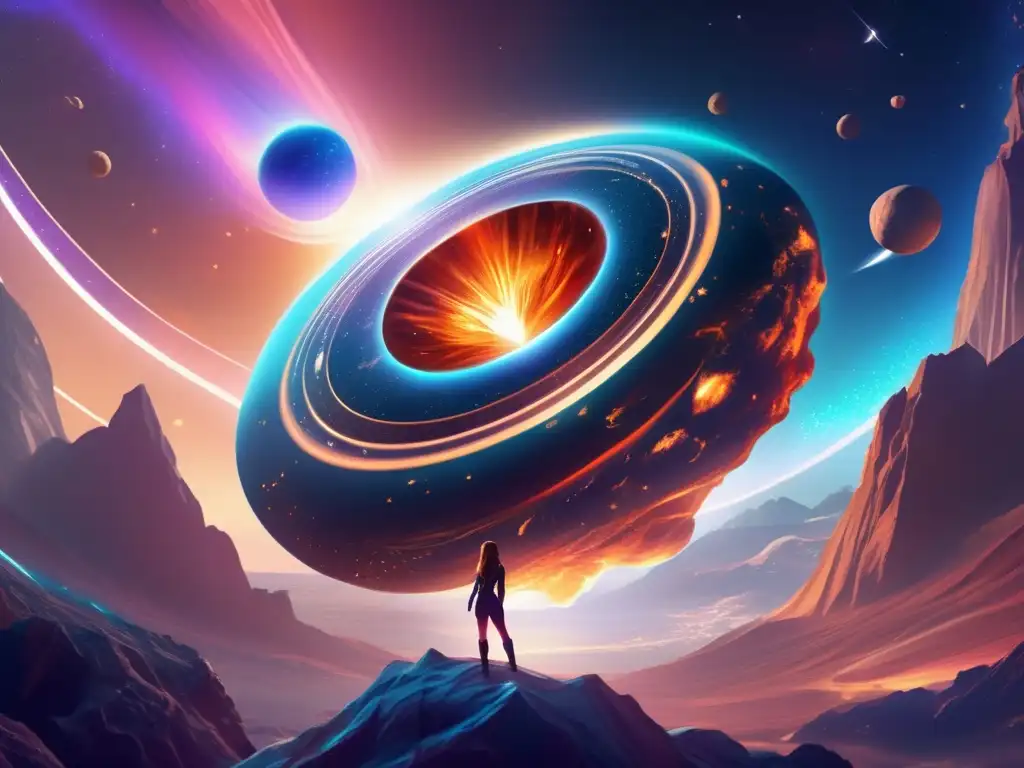
Introduction
Asteroids are fascinating celestial objects that have captivated the attention of scientists and astronomers for centuries. One such asteroid that holds particular interest is Terpsichore. In this article, we will delve into the unique characteristics of Terpsichore and explore its significance in the study of asteroids.
Physical Properties
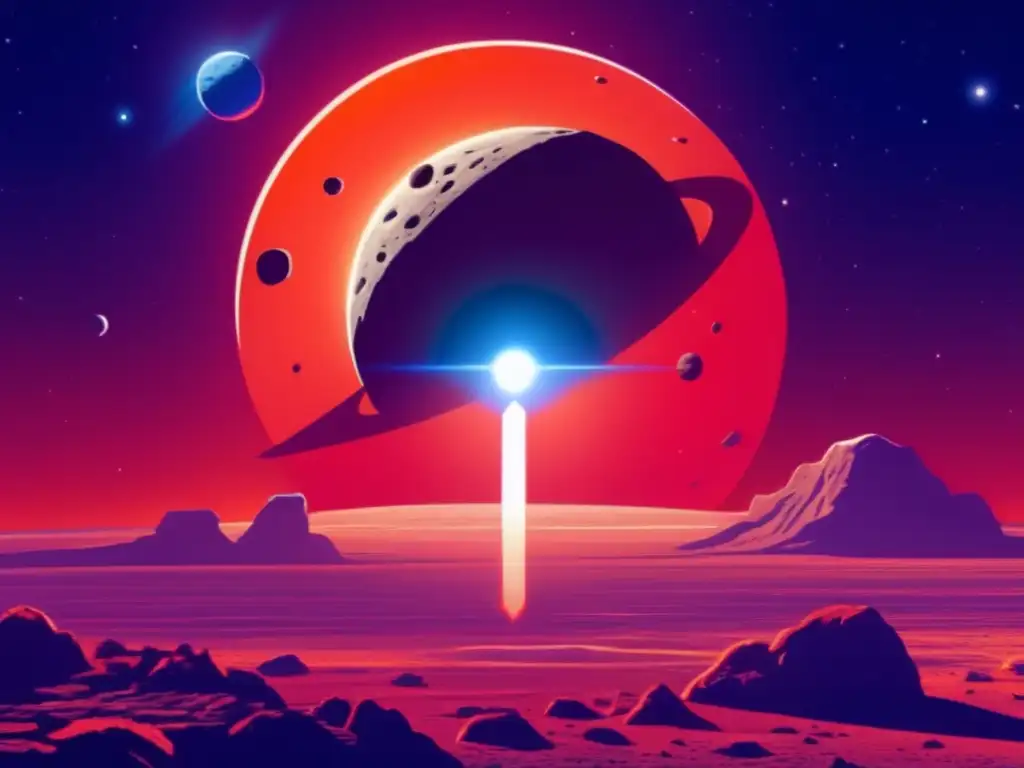
Size and Shape
Terpsichore is classified as a medium-sized asteroid with an estimated diameter of approximately 90 kilometers. Its shape is irregular, resembling a potato or a spool, which is common for many asteroids.
Composition
Studies have revealed that Terpsichore primarily consists of silicate minerals, including rock-forming minerals such as olivine and pyroxene. It also contains small amounts of metal, suggesting a rocky and metallic composition similar to other asteroids.
Spin and Rotation
Terpsichore rotates on its axis every 7.6 hours, causing it to have a relatively fast spin compared to other asteroids. This rotational speed can impact its surface features, such as the formation of craters and grooves.
Orbit and Location

Orbital Characteristics
Terpsichore follows an elliptical orbit around the Sun, belonging to the main asteroid belt located between Mars and Jupiter. Its orbital period is approximately 4.5 years, and its average distance from the Sun is around 2.8 astronomical units (AU).
Naming and Discovery
Terpsichore was discovered on September 30, 1879, by Johann Palisa, an Austrian astronomer. It is named after the Greek muse of dance and chorus, highlighting the tradition of naming asteroids after mythological figures.
Family and Group
Terpsichore belongs to the Themis family, which is a prominent group of asteroids sharing similar orbital characteristics and believed to have originated from a single parent body. The Themis family is located in the outer region of the main asteroid belt.
Surface Features
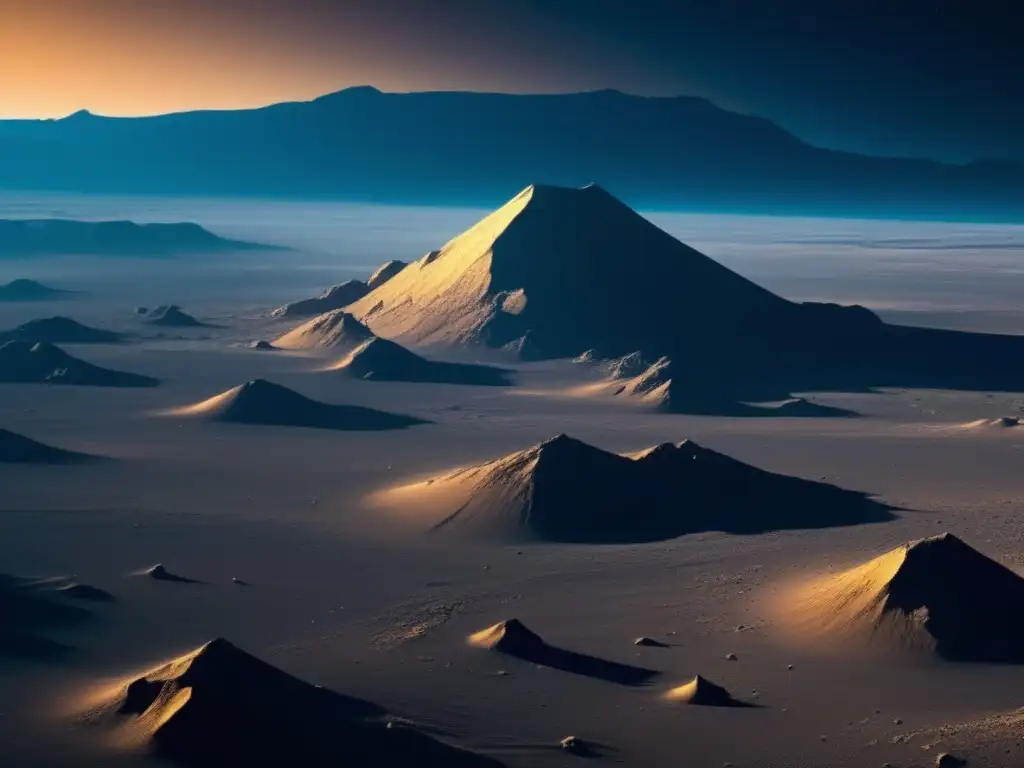
Craters
Terpsichore's surface is marked by numerous impact craters caused by collisions with other celestial objects over millions of years. These craters provide valuable insights into the age and history of the asteroid.
Grooves and Ridges
Observations have revealed the presence of grooves and ridges on Terpsichore's surface. These linear features may have formed due to internal stresses or as a result of past geological processes.
Albedo and Color
Terpsichore exhibits a relatively low albedo, indicating that it reflects only a small portion of the sunlight it receives. Its color is predominantly neutral or gray, similar to many other asteroids in the main belt.
Frequently Asked Questions
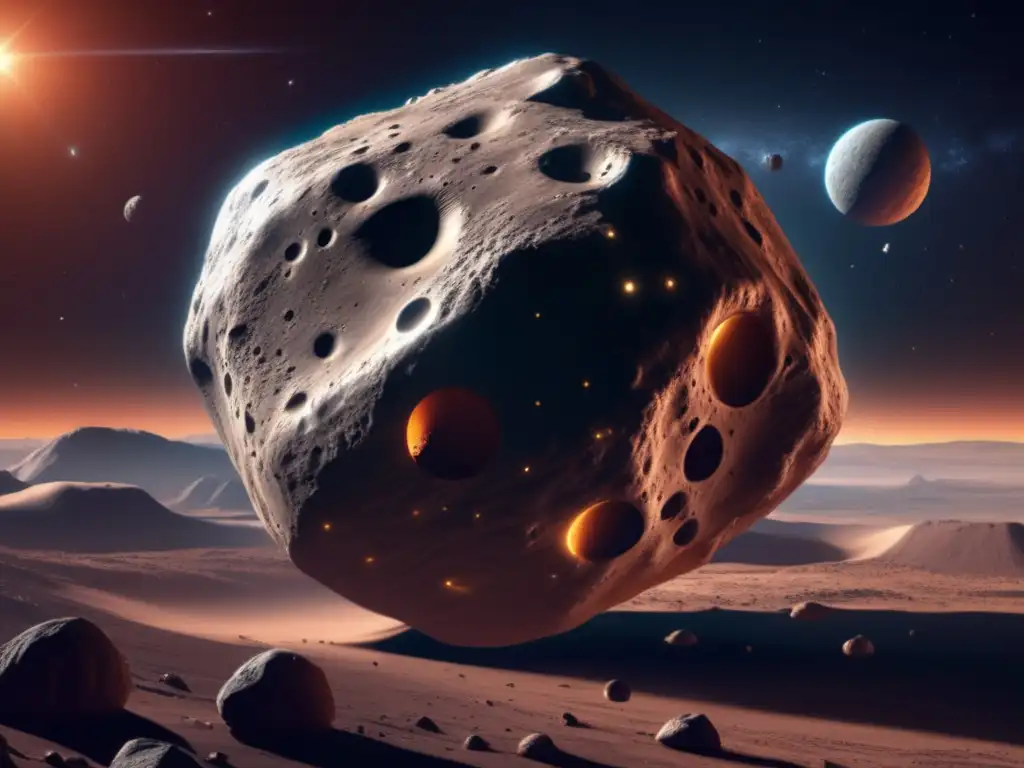
-
Is Terpsichore dangerous or likely to collide with Earth?
No, Terpsichore's orbit has been well-studied, and it poses no threat of collision with Earth in the foreseeable future.
-
How was Terpsichore's composition determined?
Scientists use various techniques, including spectroscopy, to analyze the light reflected by Terpsichore. By comparing the observed spectral signatures with laboratory measurements, they can infer the asteroid's composition.
-
What is the significance of studying asteroids like Terpsichore?
Studying asteroids provides valuable insights into the early solar system's formation and evolution. By understanding their composition, structure, and history, scientists can gain a better understanding of our own planet and the universe as a whole.
-
Are there any missions planned to explore Terpsichore?
As of now, there are no specific missions planned to explore Terpsichore. However, the general interest in asteroid exploration continues to grow, and future missions may target asteroids like Terpsichore for further study.
-
Can Terpsichore be seen from Earth without a telescope?
No, Terpsichore is not visible to the naked eye. It requires a moderate-sized telescope and favorable viewing conditions to observe.
Conclusion
The unique characteristics of asteroid Terpsichore make it an intriguing subject of study in the field of asteroids. Its physical properties, orbital dynamics, and surface features contribute to our understanding of the solar system's history and formation. Continued exploration and research on asteroids like Terpsichore will undoubtedly unravel more mysteries about our cosmic neighborhood.
Feel free to share your thoughts and join the discussion in the comments section. You can also support www.asteroidrealm.com by subscribing, sharing this article, or engaging with our other content. Thank you for taking the time to explore the fascinating world of asteroids with us.
Additional Resources
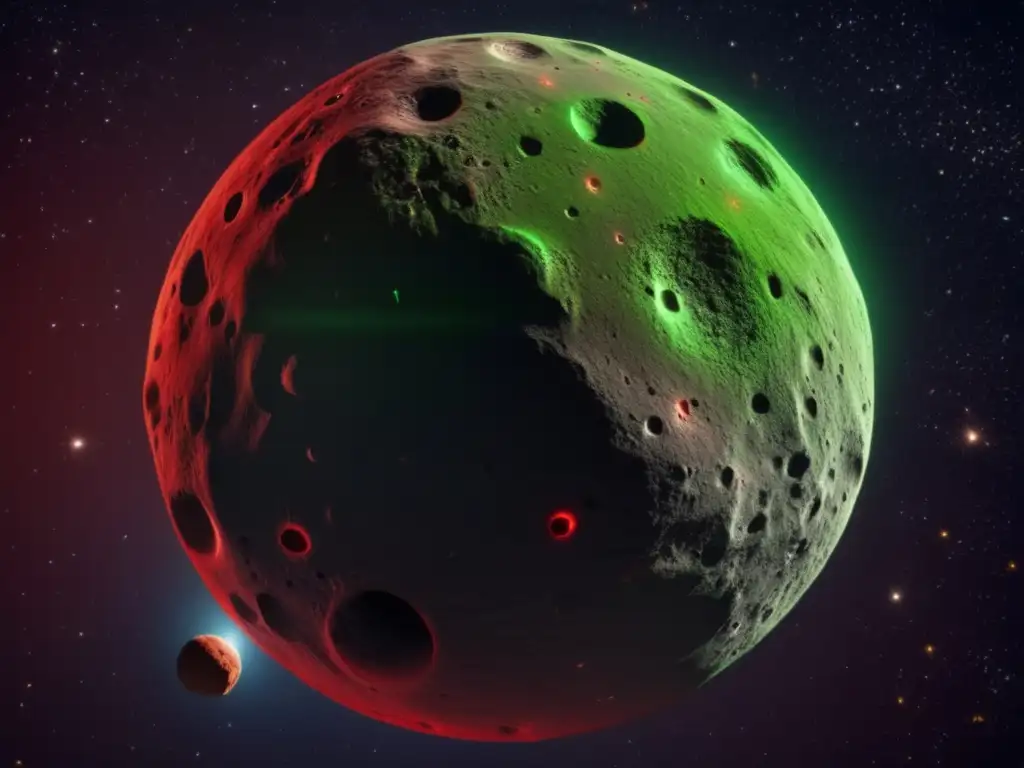
For further information on asteroids and related topics, check out the following resources:
- NASA Asteroid and Comet Watch
- NASA's In-Depth Exploration of Asteroids
- International Astronomical Union - Planets and Dwarf Planets
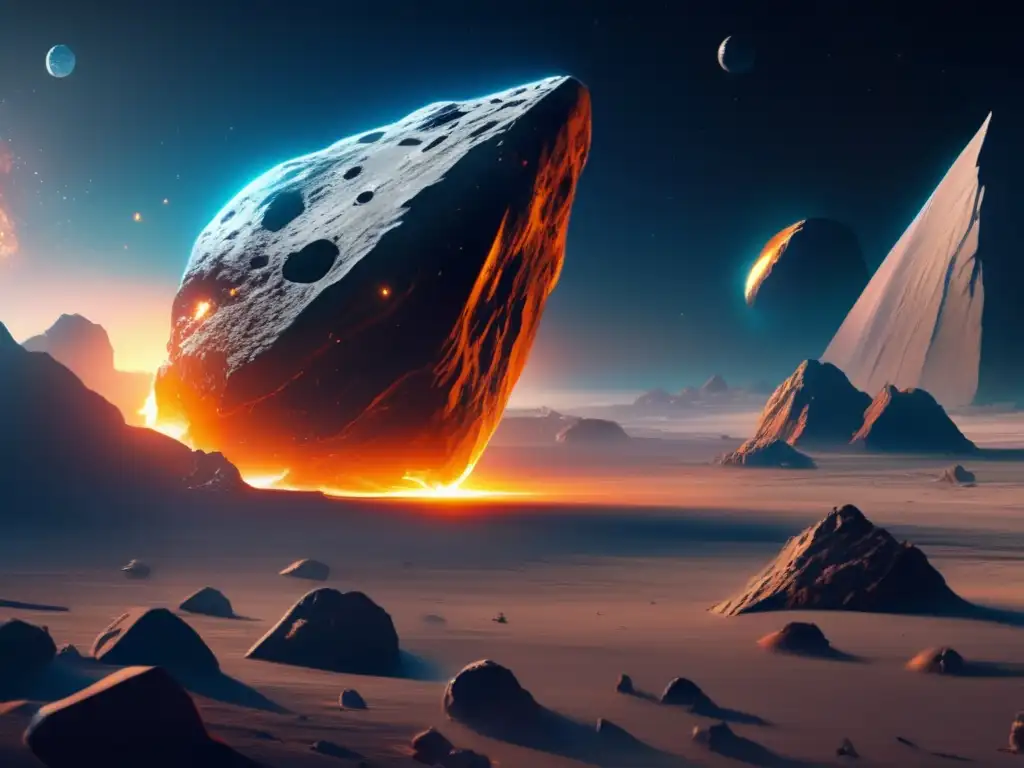 Asteroid Eurydike: What Makes It Special?
Asteroid Eurydike: What Makes It Special?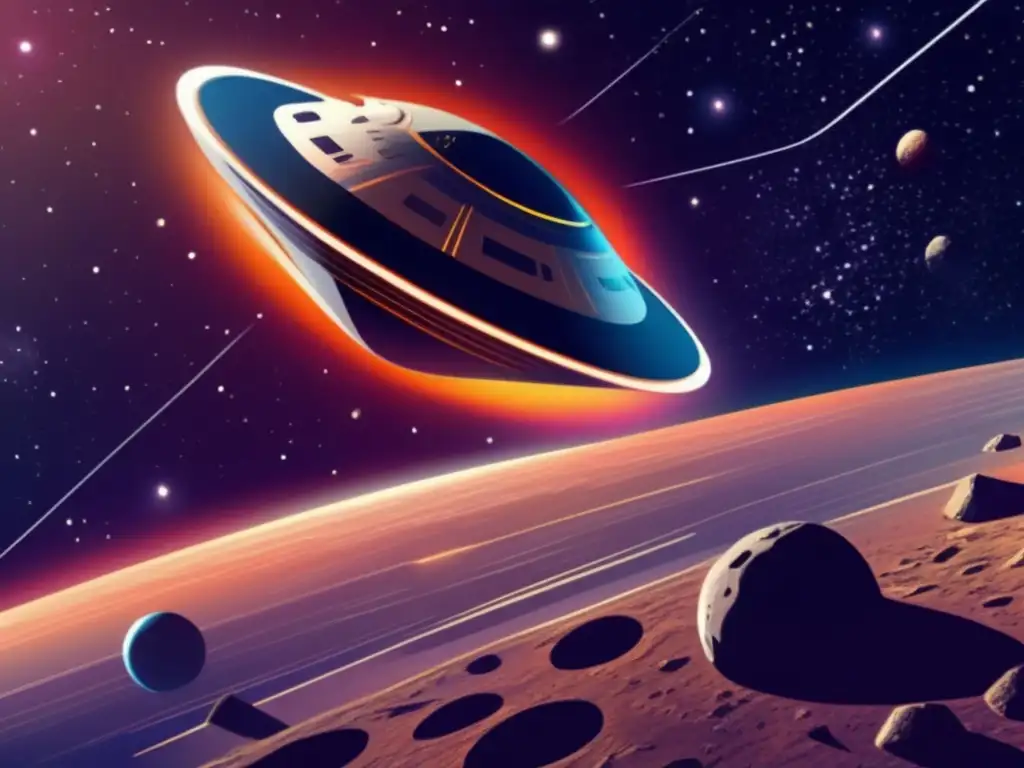 Asteroid Sappho: A Detailed Profile
Asteroid Sappho: A Detailed Profile Understanding The Orbit And Composition Of Asteroid Ariadne
Understanding The Orbit And Composition Of Asteroid AriadneIf you want to discover more articles similar to The Unique Characteristics Of Asteroid Terpsichore, you can visit the Asteroid Profiles category.
Leave a Reply

Articulos relacionados: